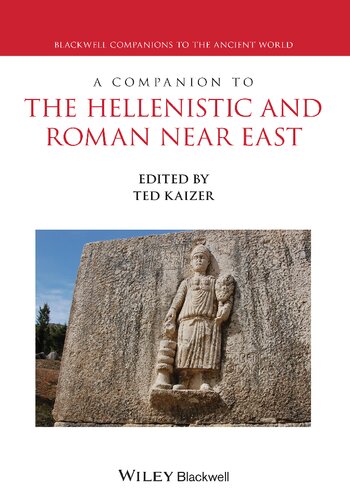

Most ebook files are in PDF format, so you can easily read them using various software such as Foxit Reader or directly on the Google Chrome browser.
Some ebook files are released by publishers in other formats such as .awz, .mobi, .epub, .fb2, etc. You may need to install specific software to read these formats on mobile/PC, such as Calibre.
Please read the tutorial at this link: https://ebookbell.com/faq
We offer FREE conversion to the popular formats you request; however, this may take some time. Therefore, right after payment, please email us, and we will try to provide the service as quickly as possible.
For some exceptional file formats or broken links (if any), please refrain from opening any disputes. Instead, email us first, and we will try to assist within a maximum of 6 hours.
EbookBell Team

4.1
60 reviewsDiscover a comprehensive and cross-disciplinary handbook exploring several sub-regions and key themes perfect for a new generation of students
A Companion to the Hellenistic and Roman Near East delivers the first complete handbook in the area of Hellenistic and Roman Near Eastern history. The book is divided into sections dealing with interdisciplinary source material, each with a great deal of regional variety and engaging with several key themes. It integrates discussions of the classical Near East with the typical undergraduate teaching syllabus in the Anglo-Saxon world.
All contributors in this edited volume are leading scholars in their field, with a combination of established researchers and academics, and emerging voices. Contributors hail from countries across several continents, and work in various disciplines, including Ancient History, Archaeology, Art History, Epigraphy, Numismatics, and Oriental Studies.
In addition to furthering the integration of the Levantine lands in the classical periods into the teaching canon, the book offers readers:
Perfect for undergraduate history and classics students studying the Near East, A Companion to the Hellenistic and Roman Near East will also earn a place in the libraries of graduate students and scholars working within Near Eastern studies, as well as interested members of the public with a passion for history.